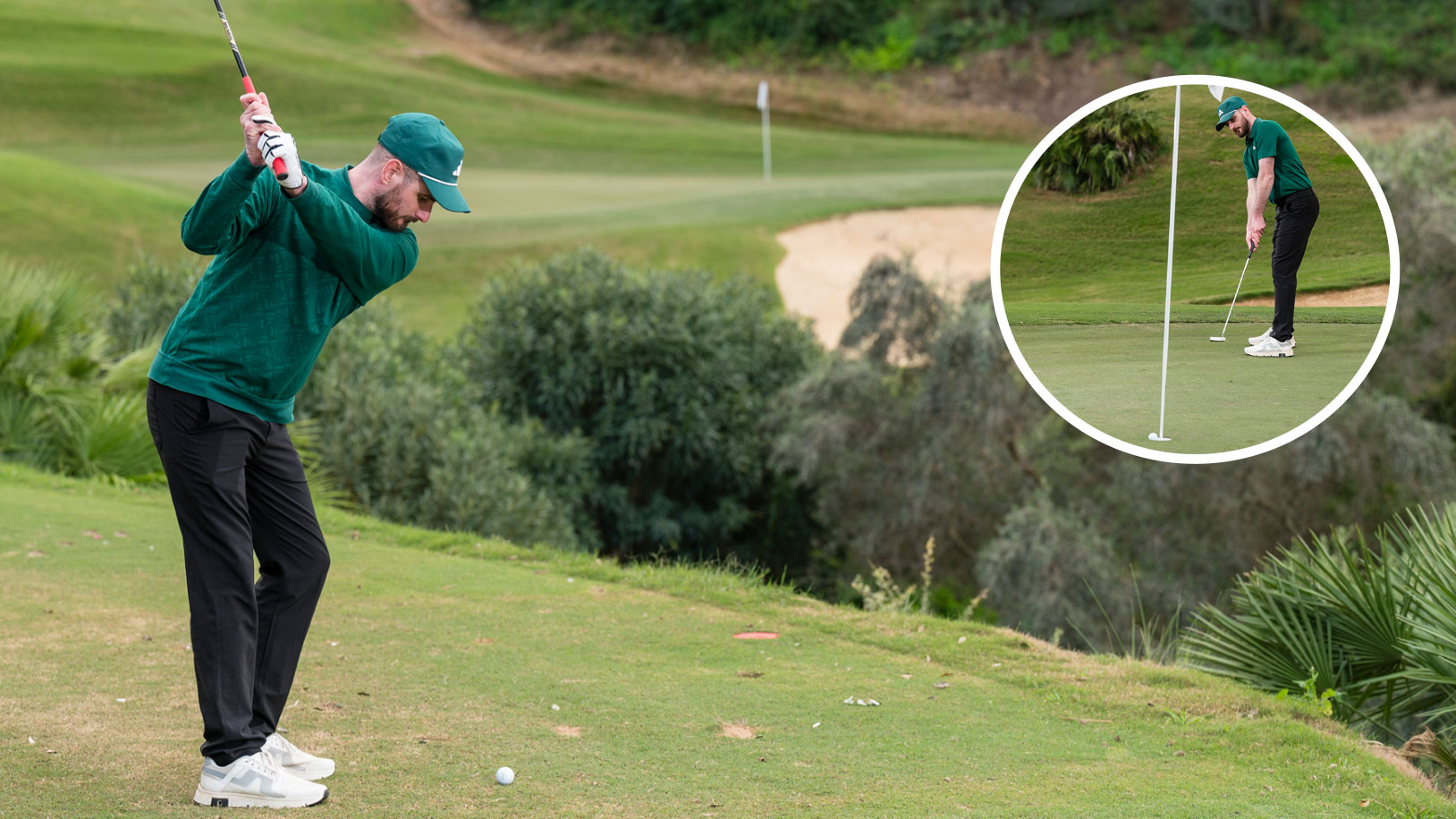
The best players in the world only have eyes for the pin with their approach shots, right? Actually, that's a bit of a misconception.
Yes, it's not unusual to see professionals firing straight at the flag, especially if they're trying to make up ground on a Sunday afternoon.
However, there are occasions when they're just happy to find the center of the green and make a safe par with two putts.
Ask the average club golfer whether they'd take the center of the putting surface and two putts and most of them would bite your hand off every time.
To find out how close club golfers hit their approach shots from a range of yardages, we asked our official data partner, Shot Scope, to run some numbers.
In the table table below, you can see how you compare.
To get a good idea on approach play quality, we've displayed proximity to the pin for a range of distances.
It should come as no surprise that the lower the handicap, the lower the average proximity to the hole.
Generally speaking, better players aren't only able to rely on better technique, be it from wedge range or with a mid to long iron in hand, but they're also able to hit the ball further.
And when you can hit the ball further with each club, you have a better chance of hitting the ball closer to the pin.
We know that scratch players hit the ball longer distances than mid to high handicap players, so this is another strength that helps them to hit the ball closer.
For example, a scratch player 150 yards from the pin might only need to hit a wedge to get it close; whereas a 20-handicap golfer might be hitting an 8-iron.
If this is hard to picture, the table below is another way of showing the difference in proximity to the hole by handicap level.
Again, these numbers have been supplied by Shot Scope.
The bottom line is that the better the golfer, the closer they hit the ball to the pin from short, mid and long range, which will come as no surprise.
And when you can hit the ball closer to the pin with your approach shots, you're going to make more birdies.
Well, you should do.







